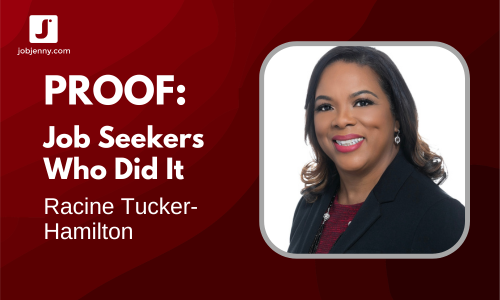6 LinkedIn profile blunders - and how not to make them
This is the first in a 4-part series on LinkedIn for job search / career networking. It's also an excerpt from just launched Ridiculously Awesome LinkedIn Kit.
It’s a magical tool, that LinkedIn. But even the most magical things can turn into the kiss of death when used improperly. As with any social media platform, all kinds of ridiculousness and faux pas can be found among LinkedIn members.
Your goal is to not be one of these examples.
Learn from the dumb things others do, so you can be the true shining star. The blunders I see most often fall into two main categories: setup blunders, and usage blunders.
Let's cover setup blunders first:
Failing to add a summary section.
When you bypass the summary section on LinkedIn and, instead, launch right into your experience, you kill your opportunity to share your brand story with your professional audience. In other words, you leave it in the reviewers’ hands to figure out who you are, what you’re great at, and why they should care about you. Just as you need a summary (or “Who I Am”) section on your resume, you need one on LinkedIn.
Sounding like a pretentious orator in that summary.
Again, the summary section is your primo opportunity to showcase the good stuff about you, with your target audience in mind. Give ‘em a little chance to get to know you. So what do you think the first impression is going to be if you craft your summary like some long, pompous speech? Or worse, craft it in the third person? They’re going to think you’re pretentious. And it’s going to be hard for that reviewer to get a feel for your personality and style. Be you here. Keep the brand message in line with all of your other professional marketing materials, but realize that LinkedIn is a platform designed for interaction.
Forgetting to customize your headline.
Don’t keep the LinkedIn default headline, which will be your current title, at your current employer. Use this real estate (all 120 characters of it) to tell your professional network – in an instant – who you are and what makes you a standout. And use key words specific to your field. Headlines rank high in terms of SEO with LinkedIn. Remember that, when conducting a search on LinkedIn, recruiters are going to see a list of potential candidates, their photos and their headlines when they enter in search terms. From that list, they’re going to click into those profiles that seem most interesting at a glance. Trust me on this: The one with the best headline wins. It’s human nature.
Joining Groups that confuse others, or raise eyebrows.
You should join and participate in Groups that align with your goals, interests and expertise. You want to find like-minded people and establish yourself as a valued member of the community. Thus, when you join Groups that are completely out in left field (or potentially controversial), you may well confuse your audience. Or worse, you could alienate prospective employers. Choose and participate in Groups thoughtfully, and strategically.
Also realize that, when you are a covert job seeker and you join groups specific to job search, these are also going to be displayed on your profile for all to see, unless you adjust the settings to NOT show the logo. Be mindful.
Not making the profile 100% complete.
This is a rookie move that, visually, makes recruiters and decision makers feel like you’ve half-assed the operation, but of equal importance is that the LinkedIn search algorithm is going to rank your profile higher if it’s 100% complete. That means you’ll turn up in more searches if you get that sucker done, and done well.
Not making it publicly visible.
No sense creating a masterpiece if the world can’t see it. If you’re a job seeker, you should make sure your profile is visible to the public. When you go into your profile settings, you can pick and choose which aspects of your profile you wish to make visible. You should absolutely err on the side of openness rather than secretive if you want recruiters to have ready access to your credentials.
Need more help learning how to harness the power of LinkedIn for job search and career networking? The Ridiculously Awesome LinkedIn Kit can help. You'll find it right HERE.











